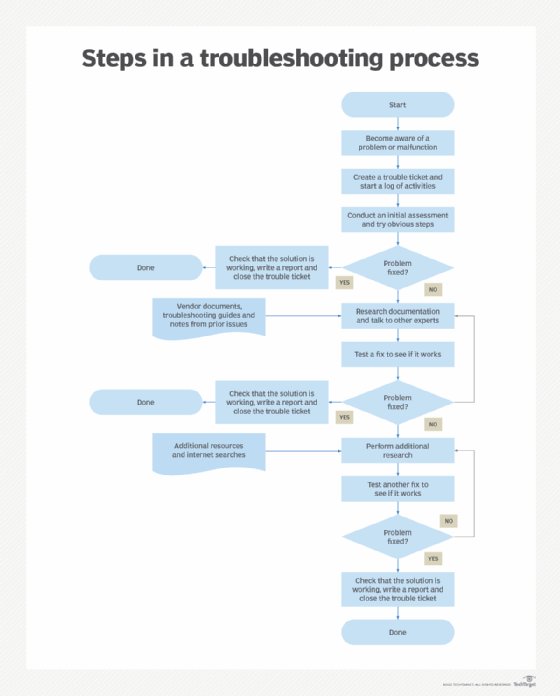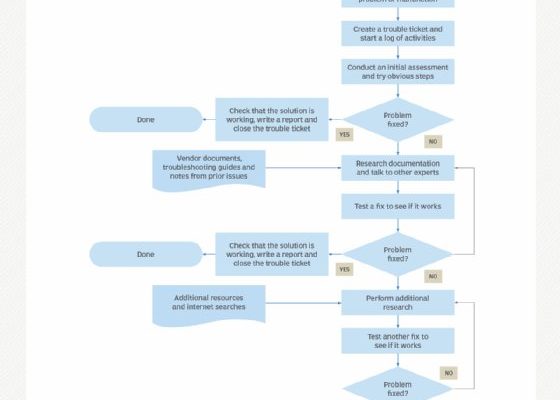
Here’s the thing: morning dew might look pretty, but it’s sneaky. You might not notice damage right away, but even a few hours of daily exposure can add up fast. Suddenly, your key sticks, the handle squeaks, or the remote won’t sync with the receiver. It might feel a bit overwhelming, especially if you’re not a hardware whiz. But don’t worry—tackling dew-related door problems isn’t as complicated as it seems. You just need to know what to look for (and how to stop those tiny droplets from causing big headaches).
Why Morning Dew Messes With Door Hardware
You might be wondering why doors exposed to morning dew develop issues so much faster than those tucked under a porch roof. It all comes down to *moisture and temperature change*. As the night cools and humidity rises, water vapor condenses right on surfaces—especially metal. That invisible layer of dampness can slip inside tiny gaps in locks, hinges, and electronic housings.
Dew is like a silent saboteur: it seeps in quietly, but after weeks or months, it leaves behind corrosion, swelling, or electrical problems you can actually see and feel.
Let me explain: metal hardware doesn’t love water, especially when it sticks around. Traditional materials like steel, iron, or brass start to oxidize. That’s just a fancy way of saying *rust happens*. With electronic door systems (think smart locks or garage door openers), dew works its way into seams and can short out delicate parts or mess with the circuitry. Even sturdy plastic covers won’t always keep all that moisture out.
When this happens day after day, problems start stacking up. Your door might creak, refuse to close all the way, or the code on a keypad won’t register. For remotes, the battery contacts can corrode, or the device stops syncing with the opener. It’s frustrating, but understanding why it happens is the first step toward fixing it.
Common Signs of Dew-Related Door Hardware Problems
So, what should you watch for? Most of the time, dew damage sneaks up slowly. One day, everything works fine; the next, you’re wrestling with a stubborn lock or hitting the remote button five times before anything happens.
- Rust spots or discoloration: Tiny orange flecks on hinges, lock faces, or screws aren’t just ugly—they’re early rust.
- Stiff or squeaky movement: Hinges might creak, handles feel gritty, or deadbolts won’t turn smoothly.
- Electronic oddities: Smart locks may fail to accept your code, or a garage door opener remote refuses to pair or loses sync constantly.
- Remote issues: If you use a brand-specific remote (say, a LiftMaster or Genie), you might notice spotty range, battery drain, or buttons that respond slowly. Sometimes, you even have to reset or re-code the remote to get it working again.
These aren’t just annoyances—they’re warning signs that dew is winning the fight. If you live somewhere that gets a lot of cool, dewy mornings (coastal towns, wooded areas, open fields), you’ll want to check your hardware often for these symptoms.
How To Prevent Dew Damage On Door Hardware
Honestly, the best troubleshooting is prevention. Once you know how dew sneaks in, you can start blocking its favorite paths. Here are a few easy, beginner-friendly steps to keep your door hardware in good shape, even if you’re not handy with tools.
- Apply a water-repellent lubricant: Silicone-based sprays or light oils coat metal parts—hinges, bolts, remote battery contacts—so water slides right off. Just make sure it’s safe for your type of hardware (most are universal, but check the label).
- Seal any gaps: Weatherstripping and door sweeps close off spaces where dew can drip inside. Self-adhesive foam tapes are super simple to apply without special tools.
- Protect electronics: For keypads or smart locks, look for weather-resistant models, or cover exposed units with a small awning. If your remote stays in an outdoor shed or car, stash it in a sealed bag overnight to block moisture.
- Wipe down hardware in the morning: A quick towel-off on the way out stops dew from sticking around all day. It sounds basic, but it’s effective—and takes just a minute.
These steps work for almost every brand of hardware, from basic keyed locks to high-tech smart door systems. Even older remotes that seem a bit finicky can benefit from quick attention to battery contacts and seals.
Step-by-Step: Troubleshooting Hardware On Dew-Exposed Doors
Let’s walk through what to do when your door hardware acts up after a string of dewy mornings. You don’t need fancy tools—just patience and a bit of curiosity.
For physical hardware (hinges, locks, handles):
- Start by cleaning: Use a mild soap and warm water to wipe away residue, then dry thoroughly with a towel. Check for rust spots or oily buildup.
- Lubricate moving parts with a spray designed for door hardware. This helps parts move freely and blocks future moisture.
- If you spot rust, use fine steel wool or a rust remover gel. Don’t go overboard—gentle is key.
For electronic components (keypads, remotes, smart locks):
- Remove batteries and inspect the contacts for white or greenish buildup. That’s corrosion—gently clean it with a cotton swab and a dash of vinegar.
- Let everything dry fully before putting it back together.
- If your Genie or Chamberlain remote won’t sync, try resetting or re-pairing it. Many models have a small “learn” button inside; hold it down, then press the button on your remote to pair up again.
Small steps like these can bring stubborn doors and remotes back to life. If the problem keeps coming back, you might need a deeper fix or to replace especially battered parts.
Fixing Remote Control Problems Caused by Dew
Remotes are extra sensitive to moisture—especially if you leave them in a damp garage or car that faces early sun. Chamberlain, LiftMaster, and Genie remotes are designed to be sturdy, but even the best models can act up with enough exposure.
Here’s what usually happens:
- The buttons get sticky or unresponsive.
- The battery drains quickly, even after a fresh swap.
- The remote won’t sync or loses its pairing with the opener.
The fix? Take the remote apart (most slide open or have a tiny screw). Remove the batteries and check for signs of water or corrosion. Clean contacts gently and let all parts air out completely. Then, try resetting or re-pairing the remote with your door system. If it still won’t work, the circuit board might be fried—at that point, replacing the remote is usually cheaper and faster.
If you want a more dew-proof setup, consider keeping remotes indoors or switching to a universal model with better weather sealing. And if your opener allows smartphone pairing, that’s another way to avoid hardware headaches altogether.
Do Universal Remotes Handle Dew Better Than Brand-Specific Remotes?
You might be thinking about switching remotes altogether. Universal remotes sound tempting if you’re tired of dealing with malfunctioning brand-specific models. So, do they hold up any better against morning dew?
Universal remotes *can* be a good choice, especially if you pick one with a well-sealed battery compartment and a tough plastic shell.
But, here’s the catch—no remote is 100% waterproof unless it’s designed for outdoor use. Some universal options do have tighter seals and fewer metal contacts exposed, making them a little more resistant. Still, if your main problem is dew or humidity, it’s less about the type of remote and more about how you store and protect it.
In my experience, keeping any remote dry and sheltered matters more than the brand. If your opener supports smart home integration, you might skip remotes altogether and rely on your phone—a solution that’s immune to dew (unless you leave your phone outside, which I definitely wouldn’t recommend).
When To Call In A Pro (And What To Expect)
Let’s be real—not every dew-related hardware issue can be fixed with a wipe and a spray of lubricant. Sometimes, corrosion goes deep, or an electronic unit has shorted out for good. Don’t feel bad if you need an expert—in fact, it can save you time and stress.
Here’s when to consider professional help:
- Locks or deadbolts are completely jammed and won’t move, no matter what.
- Smart lock keypads show error codes, flash oddly, or never power on—especially after trying a reset or new batteries.
- Your remote is completely unresponsive, even after fresh batteries, cleaning, or re-pairing steps.
A locksmith or door technician can take things apart safely, replace ruined parts, and reseal everything so future dew won’t cause as much trouble. If your garage door system is under warranty, calling the manufacturer’s helpline (like Genie or Chamberlain) can also get you quick answers—or a replacement.
Keeping Your Door Hardware Dew-Proof For The Long Haul
Truthfully, dew isn’t going anywhere—nature’s not about to change its routine for us. But with the right habits and a little maintenance, you can outsmart it. Always check your door hardware if you notice a sticky lock or a slow remote, and don’t wait for a full-on breakdown to act.
If you use a remote opener, keep it in a dry spot when not in use, and give the battery contacts a quick clean every so often. For doors that see a lot of moisture, an annual cleaning and lubrication session will keep things running smoothly year-round. Even high-tech systems need a little old-fashioned TLC sometimes.
The bottom line? Morning dew might win the battle now and then, but with these tips and a little patience, you’ll win the war. Just remember—it’s only a problem if you *ignore* it. Take care of your hardware, and it’ll take care of you, rain or shine.
